Congrats on your engagement!
As you embark on the exciting journey of wedding planning, it’s important to start off on the right foot. By taking the first few steps in an organized and thoughtful manner, you can lay the foundation for a memorable and stress-free wedding day. As a wedding photographer, I understand the importance of careful planning to capture those cherished moments. In this blog post, I’ll guide you through the first three crucial steps you should take when beginning your wedding planning adventure. Let’s dive in!
1. Define your ideal day.
The first step (and honestly the hardest) in planning a wedding is to define your vision. Sit down with your partner and discuss your dreams, preferences, and expectations for the big day. Consider the following aspects:
a) Wedding Style: Determine the overall style and theme you envision, whether it’s a romantic garden wedding, a rustic barn celebration, elopement, or a glamorous black-tie affair. This decision will influence various elements of your wedding including your photographer. Wedding photography styles can differ widely and having a style and theme in mind first could be helpful for finding the perfect photographer for your day.
b) Guest List: Create a preliminary guest list to get an idea of the number of attendees. This will assist you in choosing an appropriate venue and estimating the budget. Remember, the guest count can significantly impact other aspects of your wedding, such as catering, seating arrangements, and weather or not you will need a second photographer.
c) Budget: Establish a realistic budget based on your financial situation and priorities. Set aside funds for essential elements like the venue, catering, photography, and attire, while leaving room for any unexpected expenses. Consult with your families, if necessary, to determine who will contribute financially.
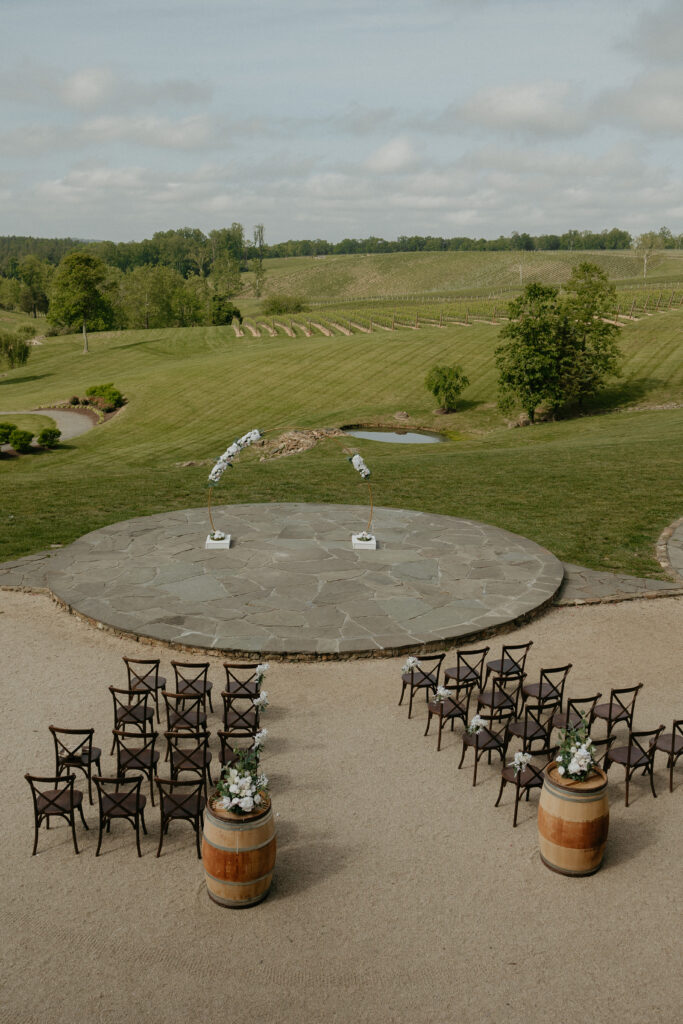
Research and BOOK!
Once you have a clear vision and a budget in mind, it’s time to research and book key vendors who will help bring your dream wedding to life. Here are a few vendors you should prioritize In this order:
a) Venue: Start by scouting potential venues that align with your style and accommodate your estimated guest count. Schedule visits to see them in person, ensuring they meet your requirements in terms of aesthetics, capacity, amenities, and location. Once you find the perfect venue, secure your date by signing a contract and paying the deposit.
b) Wedding Photographer: As a wedding photographer myself, I can’t stress enough the importance of booking your photographer early on! Skilled photographers often have busy schedules and book about a year (or more) in advance, so reach out to potential candidates whose style resonates with you ASAP. Review their portfolios, read client testimonials, and meet them in person or via video call to assess their compatibility. I myself always do a phone call or in person meet to make sure our personalities mesh well. The last thing you want on your wedding day is to have someone who has to be with you 24/7 that has a personality you can’t stand. Once you find your ideal photographer, don’t hesitate to secure their services to avoid disappointment.
c) Caterer and Other Key Vendors: Research and meet with potential caterers, florists, musicians, and any other vendors necessary for your wedding. Request quotes, review samples, and inquire about their availability. Compare prices, quality of service, and previous client experiences to make informed decisions. You can also ask your venue or photographer for recommendations.
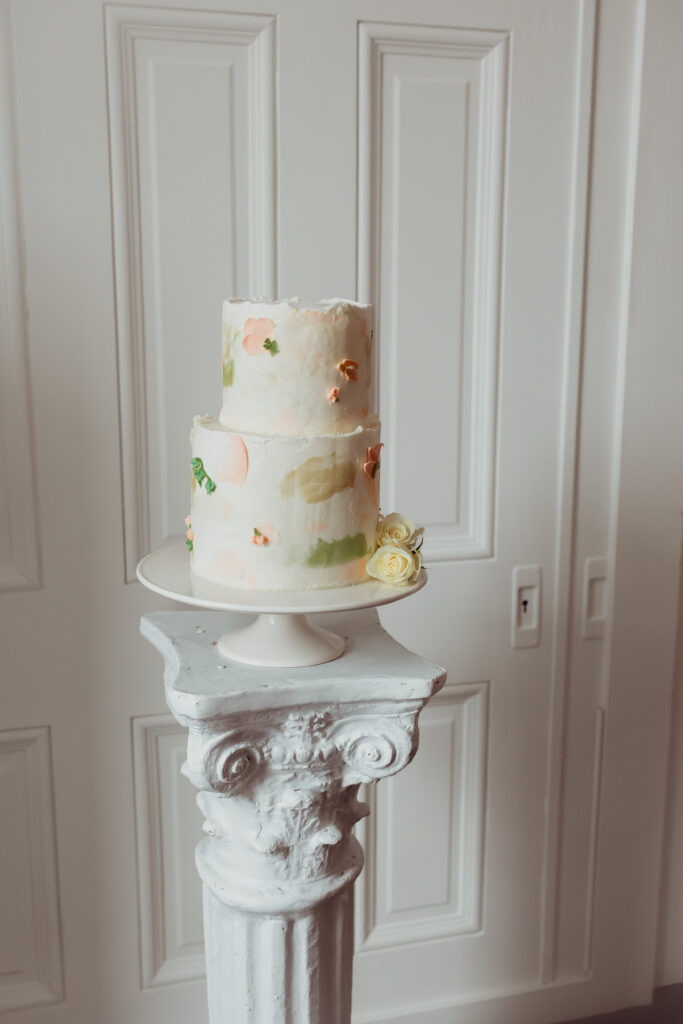
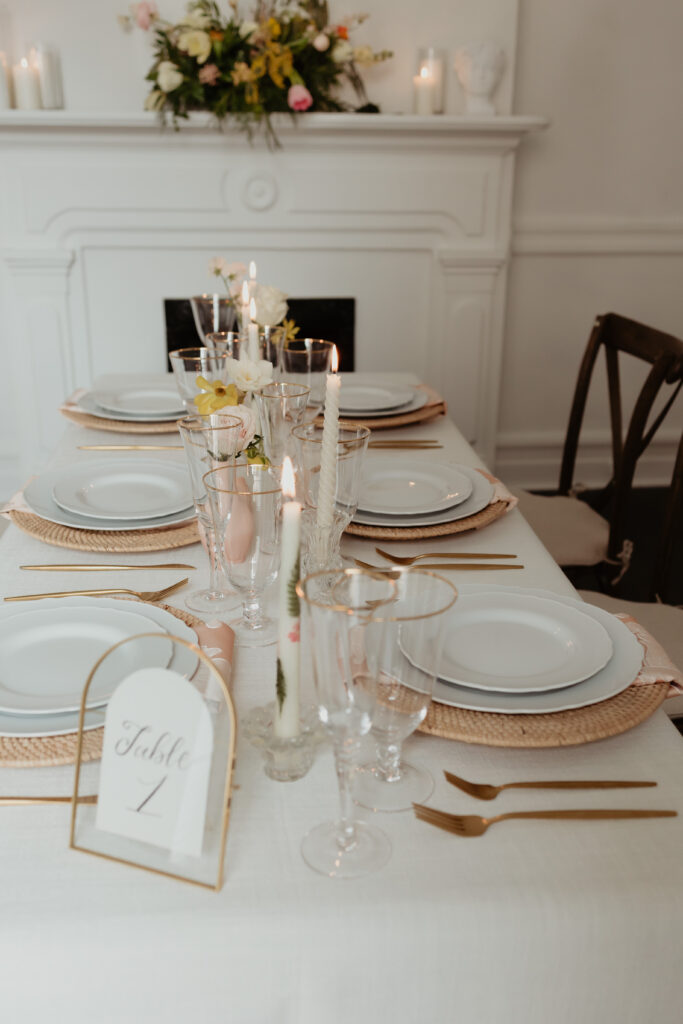
3.) Create a Wedding Planning timeline
Now that you have your vision and key vendors in place, it’s crucial to establish a wedding planning timeline. Break down the planning process into manageable tasks and set realistic deadlines to keep yourself organized. Consider the following milestones:
a) Dress Shopping and Attire Selection: Start looking for your dream wedding dress or suit, taking into account potential alteration times. Don’t forget attire for the wedding party as well if that’s something you decide to do.
b) Save-the-Dates and Invitations: Plan and send out save-the-date cards well in advance to give your guests time to make arrangements. Most wedding photographers will have an engagement session included and those make perfect save-the-date photos. Start designing and ordering your wedding invitations, factoring in the time needed for printing and mailing.
c) Wedding Registry: Create your wedding registry to provide guests with gift options. Research and select items that reflect your style and needs, from kitchen appliances to honeymoon experiences.
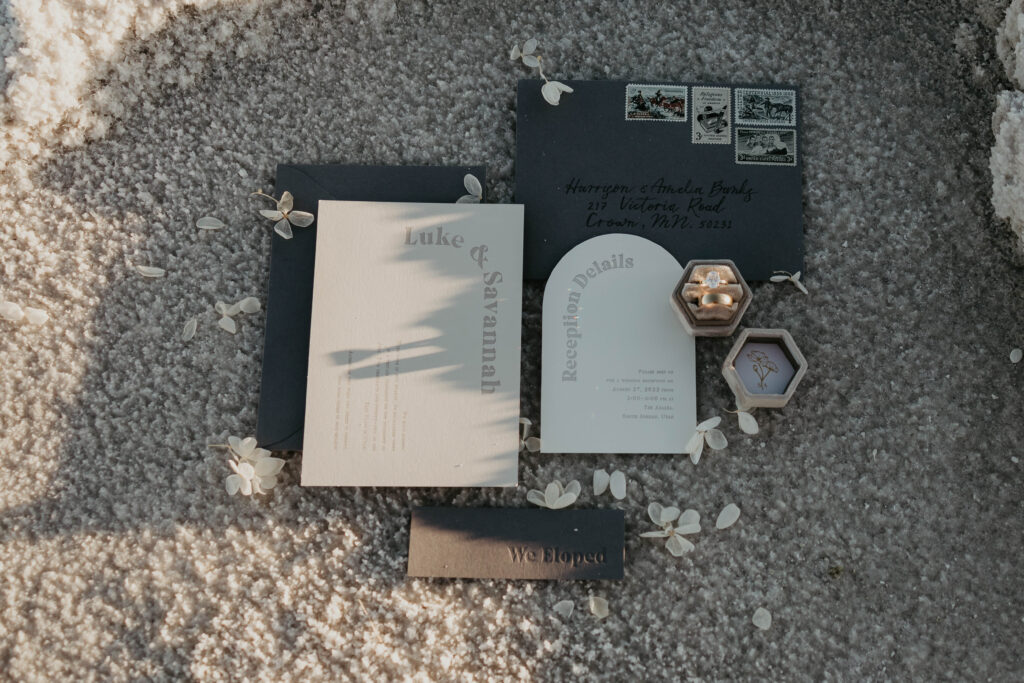
Overall this is your day and you should do whatever makes you and your partner happy. As your wedding photographer or elopement photographer I am happy to help with anything I possibly can.
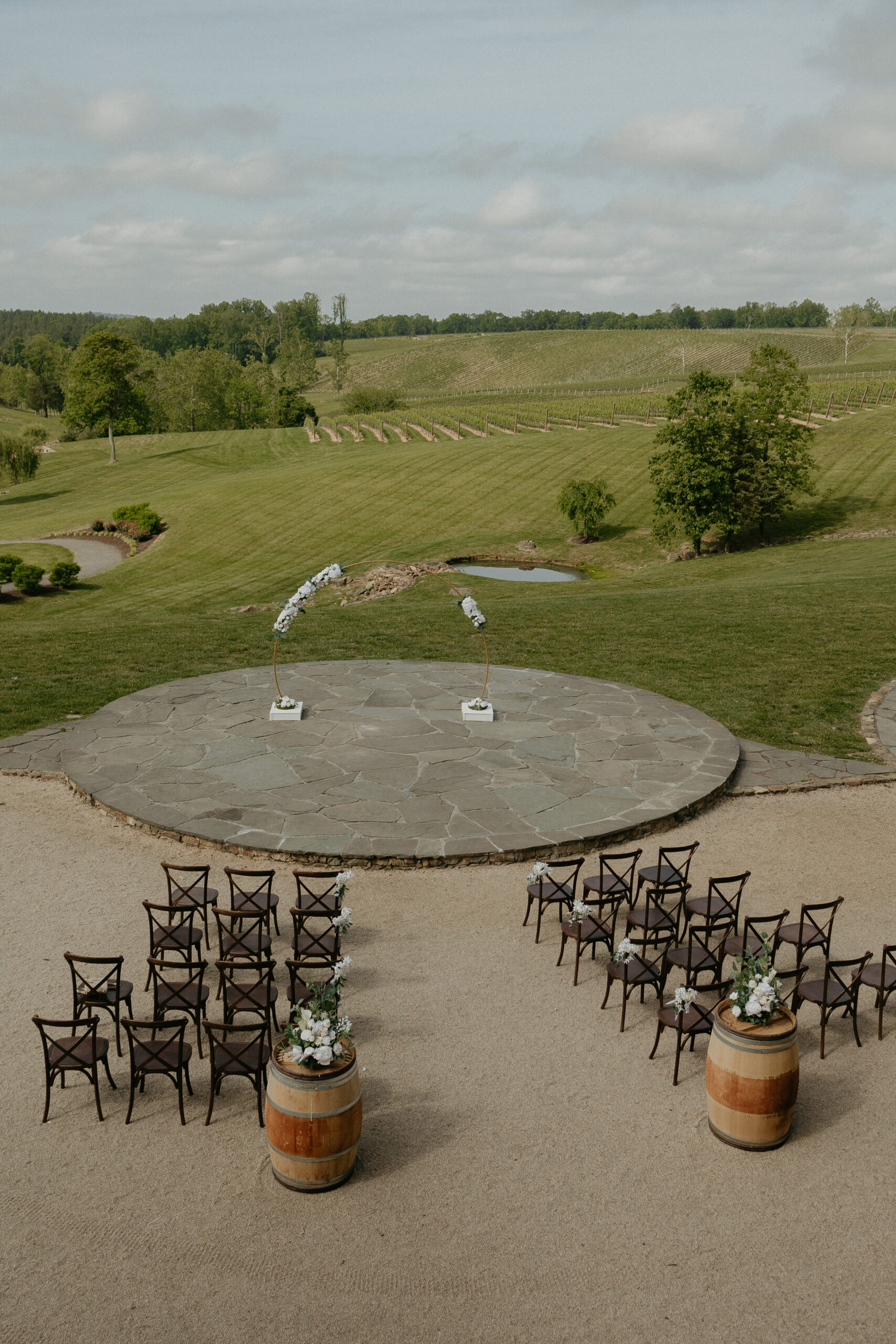
View comments
+ Leave a comment